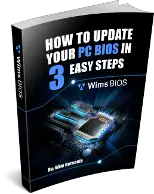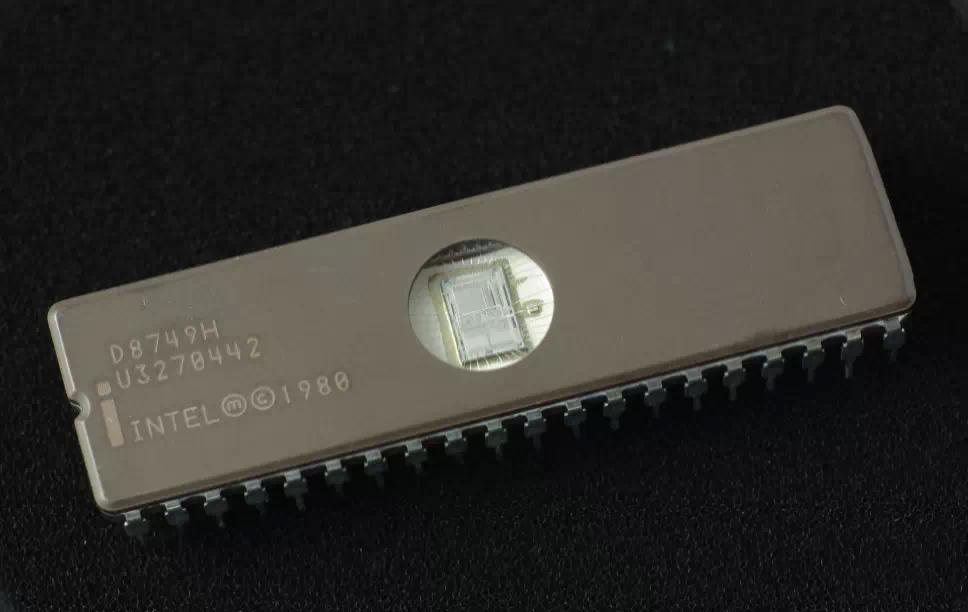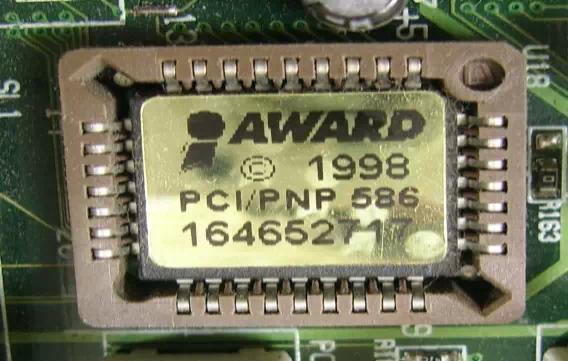Free instant access to BIOS tips!
Fill in your name and email and receive our ebook 'How to update your PC BIOS in 3 easy steps' (15$ value), free BIOS tips and updates about Wim's BIOS!

Fast, Scalable and Secure Webhosting
Are you currently having hosting problems? Do you feel that your site slowlyness is killing sales or traffic?
Our book Fast, Scalable and Secure Webhosting for Web Developers will give you the knowledge to run your site on a speedy, scalable and secure server!
Start learning about Linux, Nginx, MariaDB, PHP-FPM, Java, IPv6, HTTPS, WordPress and much more!
Tip: Receive your free Chapter Secure your site with HTTPS by joining our mailing list!

The Intel VX doesn't have enough Memory Address lines to drive the higher integration DRAM technology, be it EDO or SDRAM. 16-MBit is the highest density supported, while the parts on a 64-MByte EDO SIMM are 64-MBit (eight chips)
Do the math - count the SDRAM chips on your DIMM (the large ones) [if they're ECC DIMMs, round down to the nearest power of two], and compute:
((total capacity in MByte)*8)/(number of chips)
The result is the density in MBit of the SDRAM components used.
Examples:
32-MByte DIMM with 16 chips: 32*8/16=16, usable with Intel VX.
128-MByte ECC DIMM with 18 chips - round down to 16, 128*8/16 = 64, not usable on VX.
As current production is 64- or 128-MBit densities, the bottom line of all this is that SDRAM support in Intel VX is useless with today's DIMMs.
Also, in order to have your board recognize 32Mb per DIMM, you'll need the 16-chip versions. If you have the 8-chip version, only 8Mb (your case) will be recognized.
Remember, it's not a memory problem; it's a chipset limitation. And no, this can't be fixed by a BIOS update.
Go back to our BIOS FAQ.
Need help? Ask your question here!
(Examples: how to update your BIOS, how to identify your motherboard)
1996 - 2019 © Wim Bervoets. Privacy Policy | Terms of Service | Disclaimer | Disclosure






